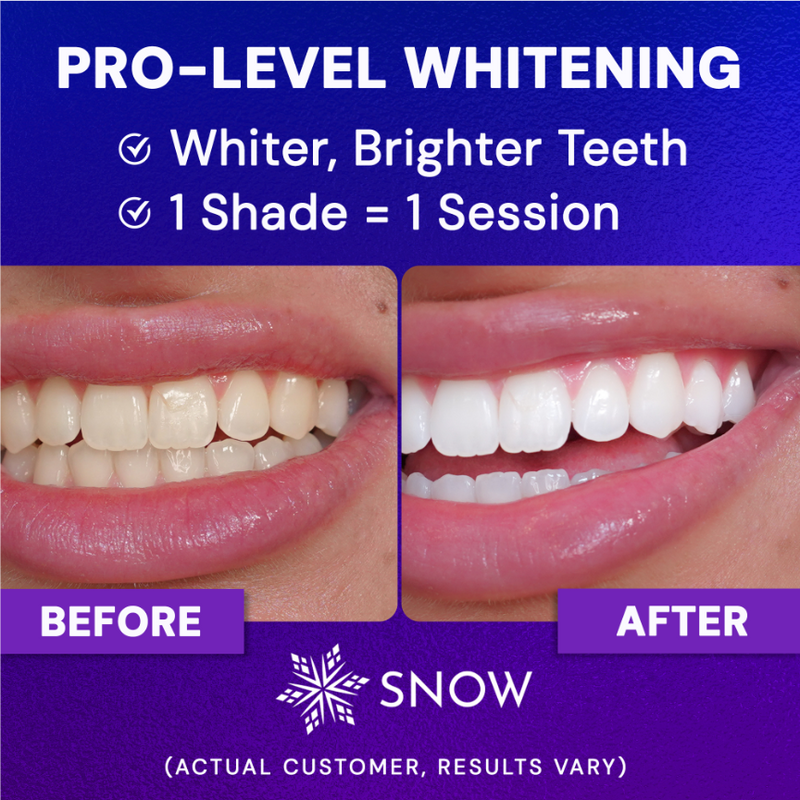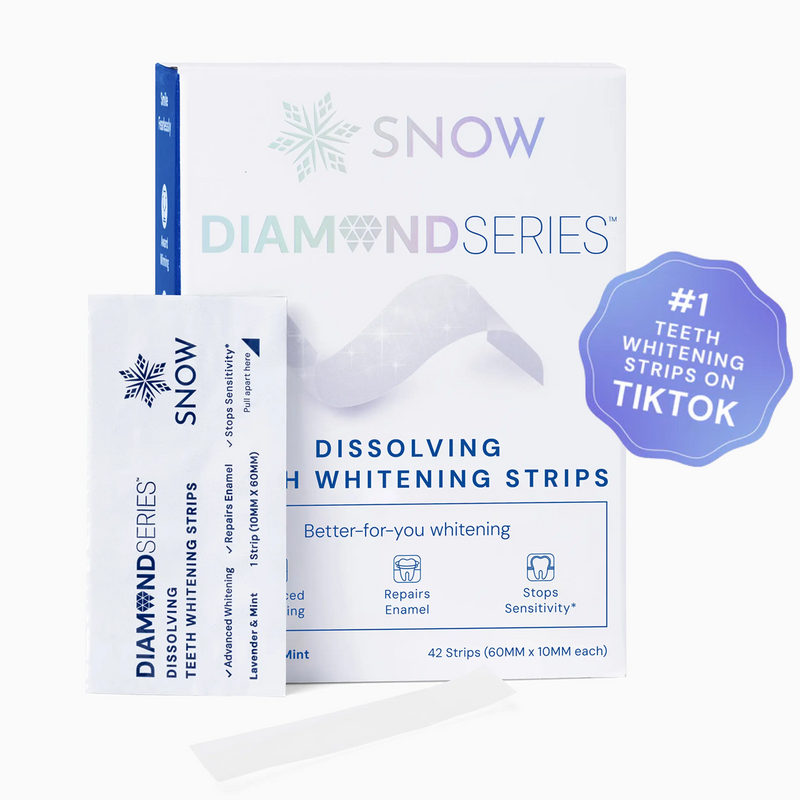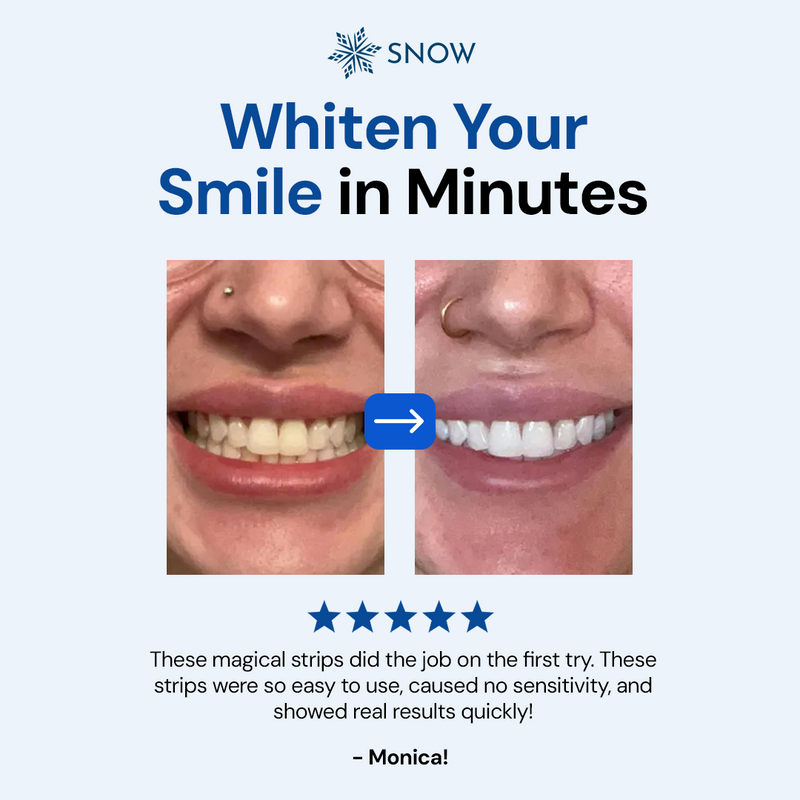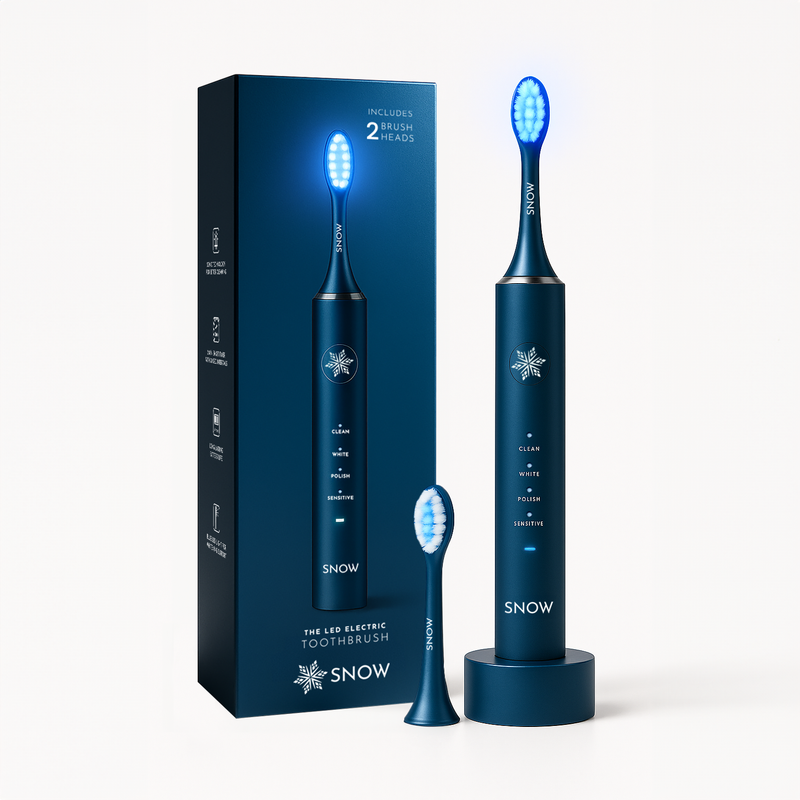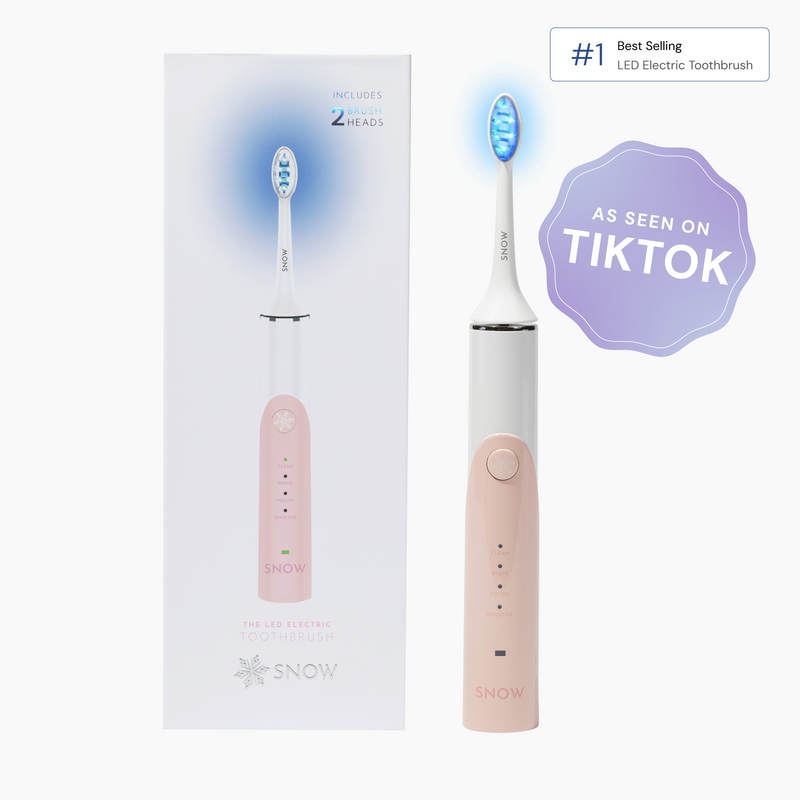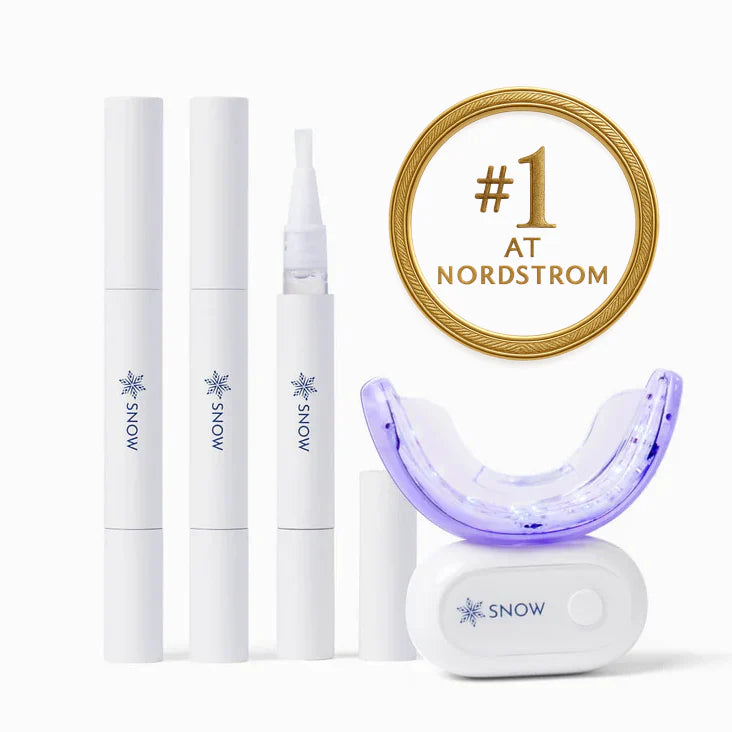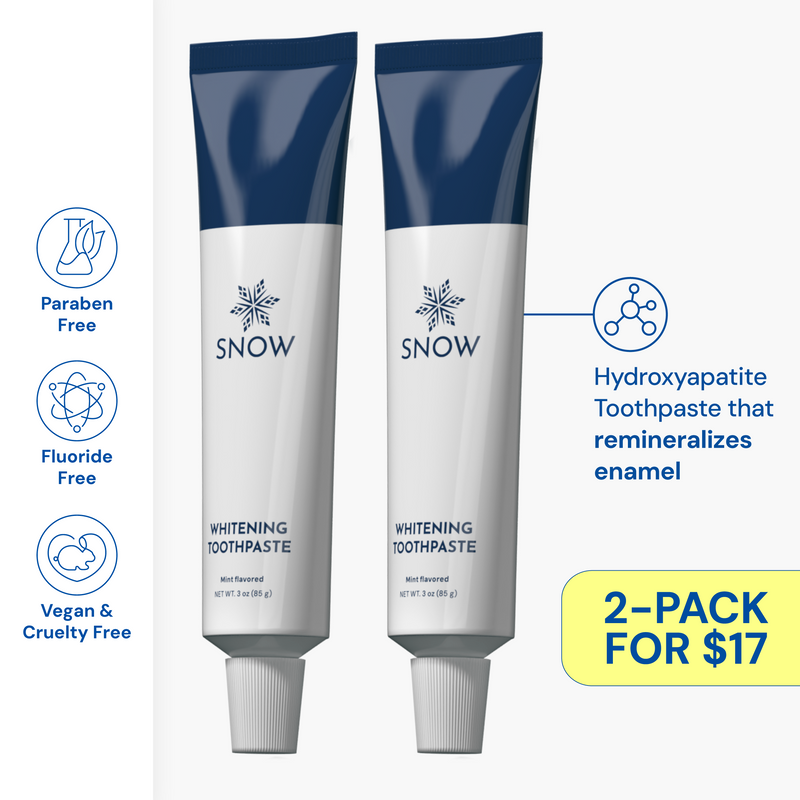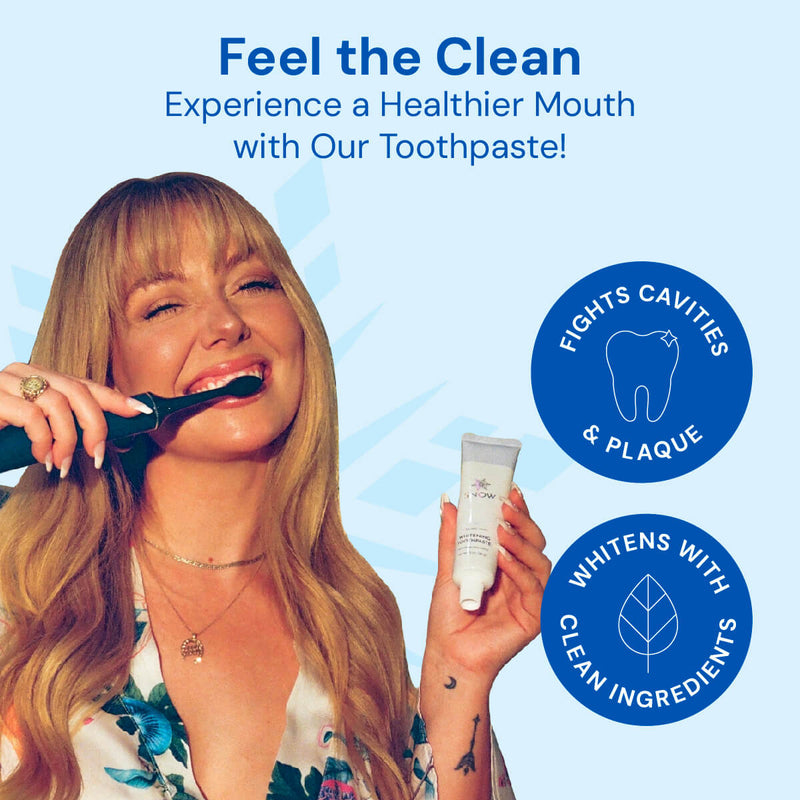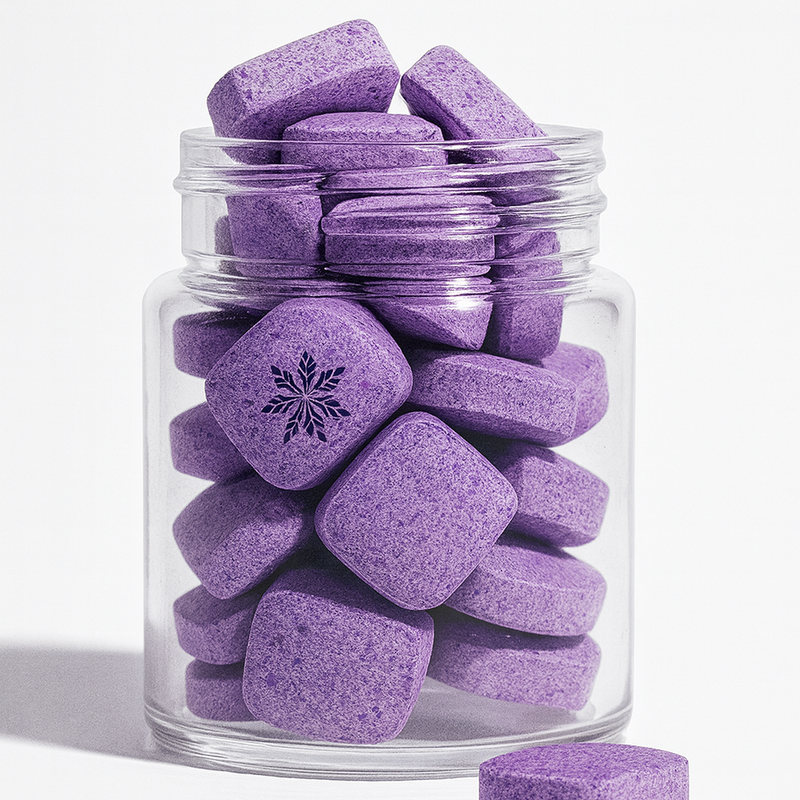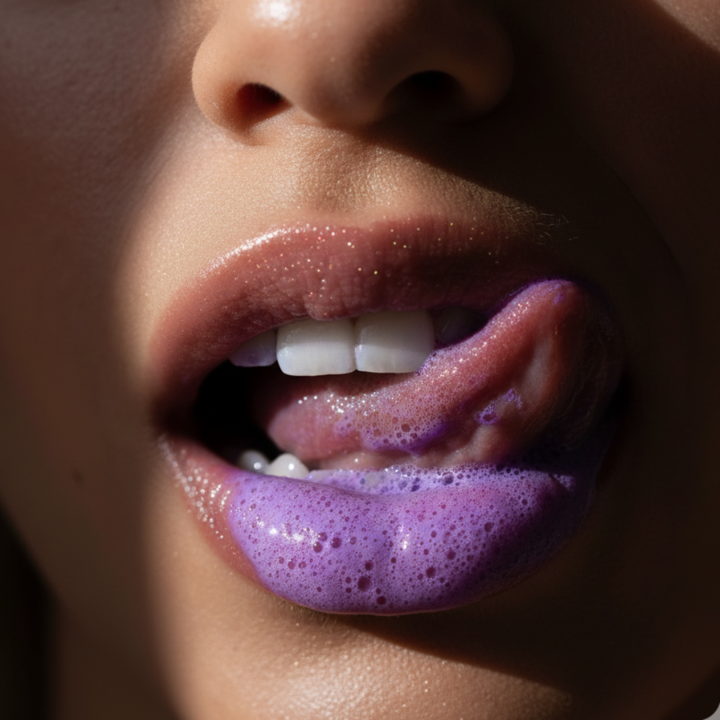Tooth discoloration can affect anyone, whether from coffee, smoking, or natural aging, and it often leaves people wondering how to remove stains from teeth safely and effectively. The good news is, several methods exist to tackle both surface and deep-set stains, from simple at-home remedies to professional dental treatments. In this guide, we’ll explore proven strategies to help you restore a cleaner, brighter smile and make informed decisions based on the type and cause of the staining.
Key Takeaways
-
Teeth stains can be classified into extrinsic, intrinsic, and age-related types, each requiring different removal methods.
-
Effective at-home whitening options include baking soda, whitening toothpaste, and oil pulling, which can lighten stains conveniently.
-
For severe or persistent stains, professional whitening treatments, such as in-office bleaching and take-home kits, provide faster and more effective results.
Types of Teeth Stains
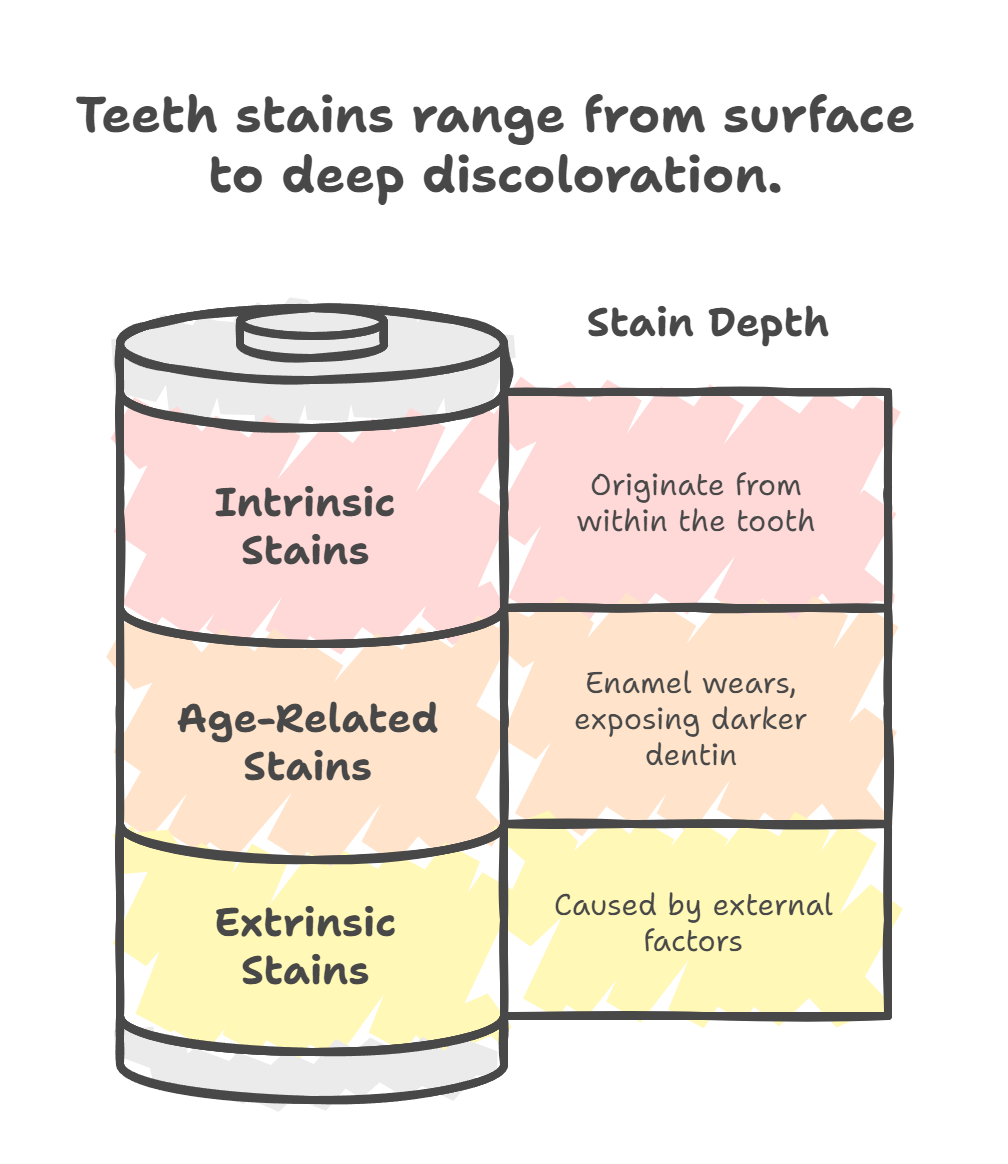
Knowing the different types of teeth stains helps determine the best method for removal. Stains can be broadly categorized into three types: extrinsic stains, intrinsic stains, and age-related stains.
Extrinsic stains occur on the outer layer of the tooth, called the enamel. These are caused by external factors such as:
-
Coffee
-
Tea
-
Red wine
-
Dark sodas
-
Tobacco use (smoking or chewing)
These habits often lead to yellow or brown stains that are visible on the surface of the teeth. Though drinking coffee and tea can offer some oral health benefits, they are also common culprits for surface discoloration. Nicotine stains from smoking or chewing tobacco are particularly difficult to remove and tend to build up over time.
Intrinsic stains originate from within the tooth and affect the dentin, the layer beneath the enamel. These stains may result from:
-
Certain medications
-
Dental trauma
-
Excessive fluoride intake during childhood
Because these stains are internal, they tend to be more difficult to treat and usually require professional whitening solutions.
Age-related stains are a combination of both extrinsic and intrinsic factors. As we get older, the enamel naturally wears down, exposing more of the darker dentin underneath. This results in a gradual darkening or yellowing of the teeth, which is commonly referred to as age-related staining.
At-Home Whitening Solutions
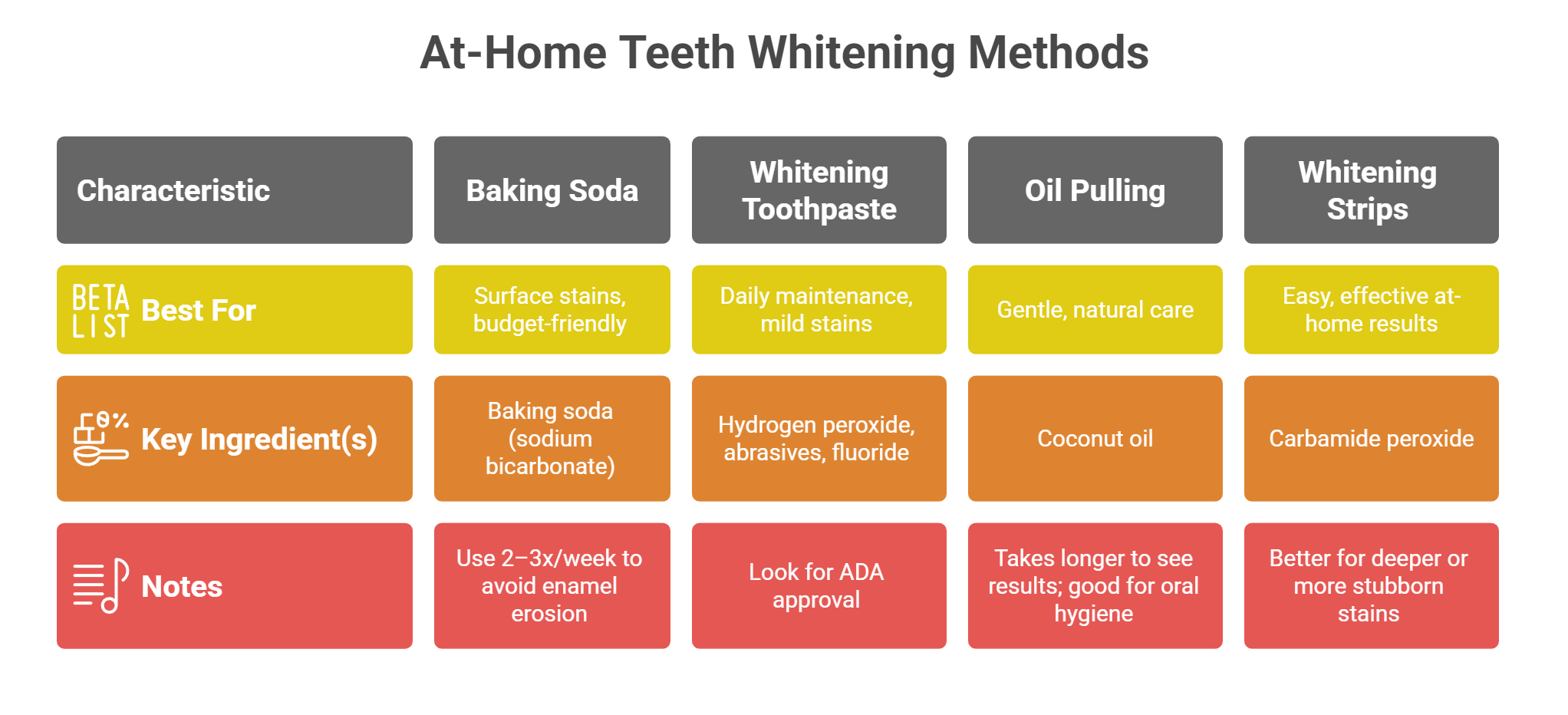
If you’re looking to lighten teeth stains without a trip to the dentist, several at-home whitening solutions are both effective and accessible. These methods are convenient, budget-friendly, and often rely on everyday items or over-the-counter products.
Common at-home options include baking soda, whitening toothpaste, and oil pulling. For those seeking a low-effort solution, whitening strips offer a tray-free application using pre-coated strips applied directly to the teeth. Each method works in slightly different ways but can successfully reduce surface discoloration and brighten your smile over time.
Additionally, many store-bought gels and strips contain carbamide peroxide, an active ingredient known to penetrate enamel and target deeper, intrinsic stains—making them a solid option for more noticeable results.
Baking Soda
Baking soda is a time-tested remedy for treating surface stains. Its gentle abrasive properties allow it to polish away discoloration without harming enamel.
To use:
-
Mix 1 tablespoon of baking soda with 8 ounces of water.
-
Swish in your mouth for 2 minutes.
Along with whitening, baking soda helps neutralize acids in the mouth, lowering the risk of tooth decay and supporting overall oral health. Use a few times a week for best results.
Whitening Toothpaste
Whitening toothpastes are formulated with ingredients like hydrogen peroxide, sodium hypochlorite, and mild abrasives to lift stains from enamel during daily brushing.
For the safest and most effective option, choose an ADA-approved whitening toothpaste with fluoride. Regular use not only whitens but also helps prevent new stains from forming.
Oil Pulling
Oil pulling is an ancient oral care practice that involves swishing oil in the mouth to remove bacteria and loosen plaque. Coconut oil is the most common choice due to its antibacterial benefits.
To use:
-
Swish 1 tablespoon of coconut oil for 15–20 minutes.
-
Spit out and rinse well.
Consistent oil pulling may reduce plaque buildup and surface stains, contributing to a cleaner, whiter smile.
Quick Comparison: At-Home Whitening Methods
|
Method |
Best For |
Key Ingredient(s) |
Notes |
|
Baking Soda |
Surface stains, budget-friendly |
Baking soda (sodium bicarbonate) |
Use 2–3x/week to avoid enamel erosion |
|
Whitening Toothpaste |
Daily maintenance, mild stains |
Hydrogen peroxide, abrasives, fluoride |
Look for ADA approval |
|
Oil Pulling |
Gentle, natural care |
Coconut oil |
Takes longer to see results; good for oral hygiene |
|
Whitening Strips |
Easy, effective at-home results |
Carbamide peroxide |
Better for deeper or more stubborn stains |
Professional Teeth Whitening Options
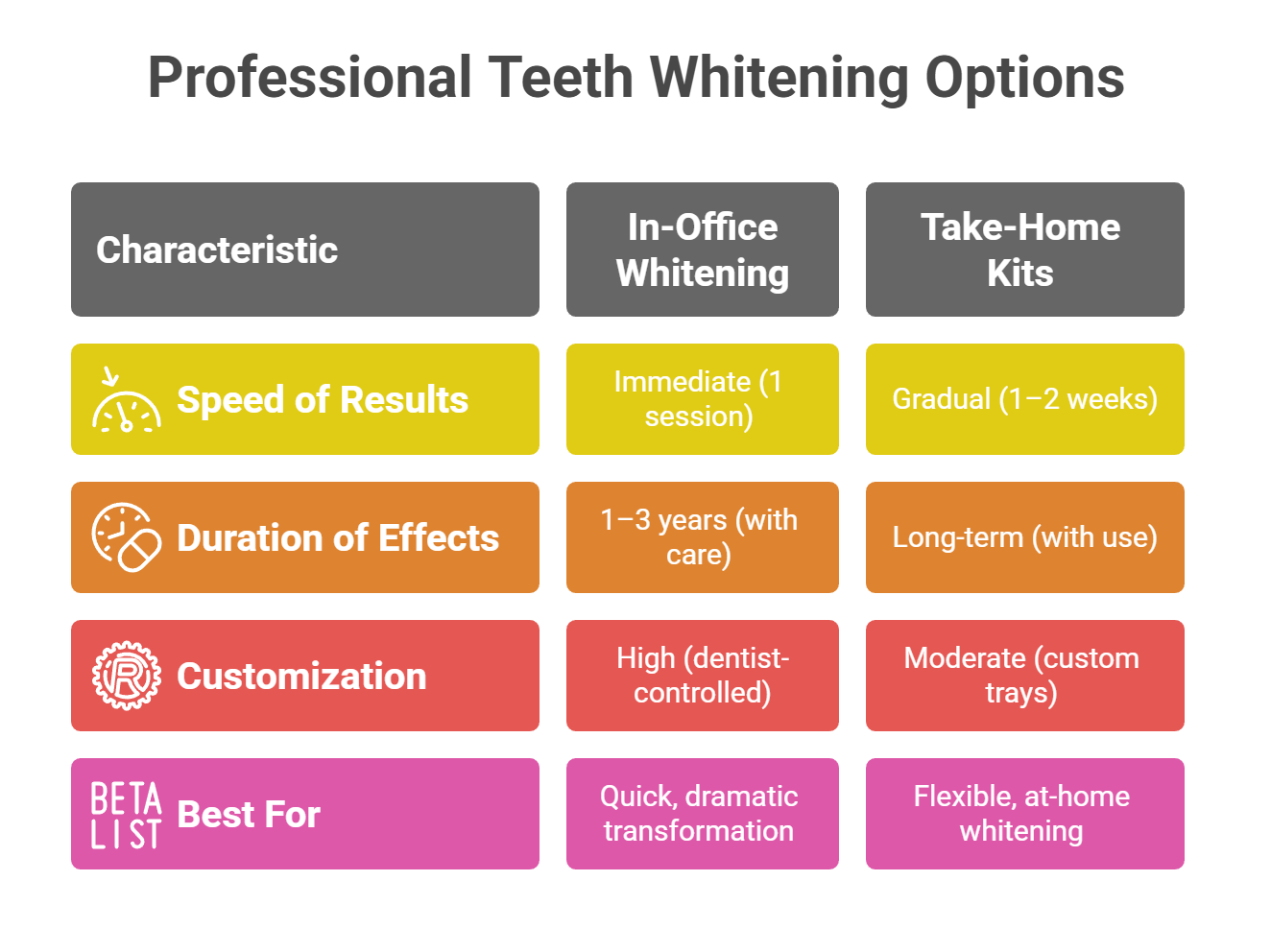
If you’re dealing with deeply stained teeth or want faster, more dramatic results, professional teeth whitening treatments are a reliable solution. These procedures, performed under dental supervision, use stronger bleaching agents than over-the-counter products—making them more effective for stubborn stains.
Before any whitening session, a dentist may recommend a professional cleaning to remove plaque and minor surface stains. This prepares your teeth for optimal whitening results.
There are two primary options:
-
In-office whitening
-
Take-home whitening kits
Both deliver significant improvements in tooth color and are especially effective for deep or intrinsic stains that at-home methods often can’t reach.
In-Office Whitening
Performed in a dental clinic, in-office treatments begin with applying a protective barrier to your gums. A hydrogen peroxide-based gel is then applied to your teeth—often paired with LED lights or laser technology to accelerate the whitening process.
-
Results can be seen immediately, often lightening teeth by up to six shades in one session.
-
Results can last one to three years, depending on diet and oral hygiene habits.
This is an ideal choice for those seeking fast, professional-grade results.
Take-Home Kits
Take-home kits provided by dentists include:
-
Custom-fit trays
-
Professional-strength whitening gel
While results take longer than in-office treatments, the outcome is comparable when used consistently. These kits allow for flexible scheduling and are tailored to fit your teeth comfortably, ensuring even application along the gum line.
They’re especially useful for people who prefer to whiten their teeth gradually over the course of 1–2 weeks from the comfort of home.
Quick Comparison: Professional Whitening Options
|
Option |
Speed of Results |
Duration of Effects |
Customization |
Best For |
|
In-Office Whitening |
Immediate (1 session) |
1–3 years (with care) |
High (dentist-controlled) |
Quick, dramatic transformation |
|
Take-Home Kits |
Gradual (1–2 weeks) |
Long-term (with use) |
Moderate (custom trays) |
Flexible, at-home whitening |
Natural Remedies for Stained Teeth

For a natural approach to teeth whitening, several remedies can reduce stains without harsh chemicals. These methods are effective and gentle on tooth enamel.
Natural whitening strategies include hydrogen peroxide, fruit enzymes, and high-fiber foods. These remedies help remove stains, maintain a brighter smile, and promote overall oral health. Green tea, known for its antibacterial properties, can also support oral health by helping to prevent gum disease and tooth decay, making it a beneficial addition to your routine.
Hydrogen Peroxide
Hydrogen peroxide, a common ingredient in many whitening products, can be used at home for teeth whitening. Mixing it with baking soda enhances its effects and helps remove surface stains. Use this mixture twice a day for a week for noticeable results.
However, hydrogen peroxide is not suitable for long-term use due to potential side effects like tooth sensitivity and gum irritation. A mouthwash containing hydrogen peroxide can also support teeth whitening and improve gum health.
Fruit Enzymes
Enzymes in certain fruits, such as papain in papaya and bromelain in pineapple, can aid in teeth whitening. These enzymes break down proteins and organic materials on the tooth surface, reducing stains and enhancing whiteness.
Incorporating these fruits into your diet or using them in your oral hygiene routine provides a natural and less abrasive method for maintaining a bright smile.
High Fiber Foods
High-fiber foods, such as raw vegetables and fruits, help scrub away stains and protect tooth enamel. Chewing these foods stimulates saliva production, aiding in neutralizing acids and maintaining oral health.
Preventing Future Tooth Stains
Preventing future tooth stains is key to maintaining a bright smile. Good oral hygiene practices and dietary changes can significantly reduce new stains. Regular use of whitening toothpaste and avoiding staining foods and drinks are effective methods to keep teeth looking their best.
Dietary Changes
Diet plays a crucial role in the health and appearance of your teeth. Consuming foods high in vitamins and minerals, such as leafy greens and dairy products, strengthens tooth enamel and protects against decay. Avoiding acidic foods and beverages, which can erode enamel and lead to stains, is also important.
These dietary changes help maintain a whiter smile and improve overall oral health.
Good Oral Hygiene Practices
Good oral hygiene is essential for preventing tooth stains. Poor oral hygiene can lead to an increase in tooth stains. Regular brushing twice daily with fluoride toothpaste and flossing regularly keep teeth clean and free of plaque, helping to remove plaque and preventing them from stain teeth.
Visiting the dentist for regular cleanings every six months helps manage stains and maintain oral health. Chewing fruits and vegetables stimulates saliva production, protecting enamel and preventing stains.
Understanding Tooth Discoloration Causes
Tooth discoloration can result from lifestyle choices, health conditions, and aging. Smoking and consuming certain foods and drinks are major contributors to extrinsic discolored teeth.
Intrinsic causes of tooth discoloration include:
-
Genetic predisposition
-
Dental trauma
-
Certain medications
-
Aging, as enamel thins over time, revealing yellow teeth beneath, which can cause teeth turn yellow.
Understanding these causes helps in choosing the right whitening method and taking preventive measures.
When to See a Dental Professional
If persistent stains do not respond to at-home whitening, professional treatment may be necessary. Severe tooth stains impacting oral hygiene or causing self-consciousness should prompt a visit to the dentist.
Regular dental check-ups are crucial for managing stains and maintaining oral health. A dental professional can offer personalized advice and treatments to help achieve a whiter smile.
How To Remove Stains From Teeth Wrapped Up
Getting rid of tooth stains doesn’t have to be complicated. Whether you're dealing with coffee discoloration or deeper, intrinsic stains, there are proven solutions that fit every lifestyle—from simple home remedies to professional-grade treatments.
-
Identify the type of stain to match it with the right whitening method.
-
Use at-home options like baking soda, whitening toothpaste, or oil pulling for surface-level improvements.
-
For long-lasting results, consider professional treatments like in-office bleaching or custom take-home kits.
Struggling with stubborn stains? There’s an easier way to brighten your smile. SNOW offers trusted, easy-to-use solutions that fit into your routine. Tackle stains the smart way— explore SNOW’s whitening essentials.
Frequently Asked Questions
How do you get rid of brown stains on your teeth?
To get rid of brown stains on your teeth, start by brushing twice daily with a whitening toothpaste, flossing regularly, and visiting your dentist for cleanings. At-home treatments like baking soda, hydrogen peroxide, or whitening strips can also help. For more stubborn stains, professional whitening is the most effective solution.
How do you remove deep stains from teeth?
To remove deep stains from teeth, you’ll likely need professional whitening treatments. In-office bleaching or dentist-prescribed take-home kits with strong whitening agents are designed to reach deep below the enamel and break up intrinsic stains.
Can you scrape stains off your own teeth?
No, you should not try to scrape stains off your teeth yourself. Doing so can damage your enamel and gums, leading to sensitivity or injury. Instead, use approved whitening products and consult your dentist for safe stain removal.
How can you remove stains from your teeth fast at home?
To remove stains from your teeth quickly at home, use whitening toothpaste, whitening strips, or a baking soda paste. Oil pulling with coconut oil may also help. For faster or more noticeable results, consider professional whitening.















































